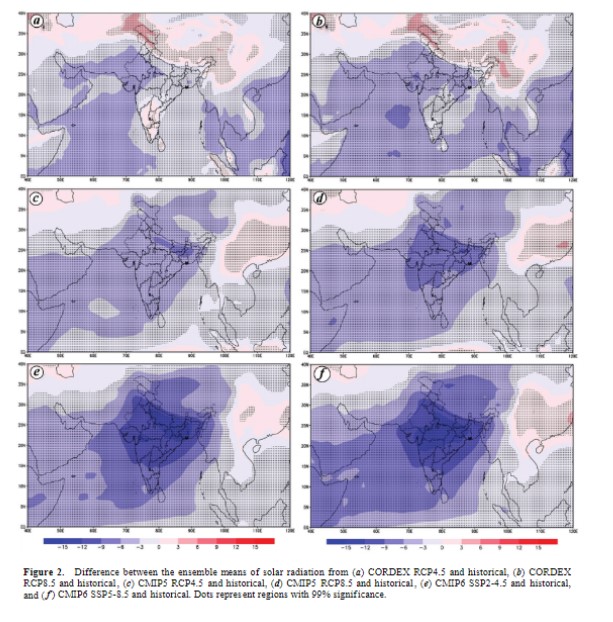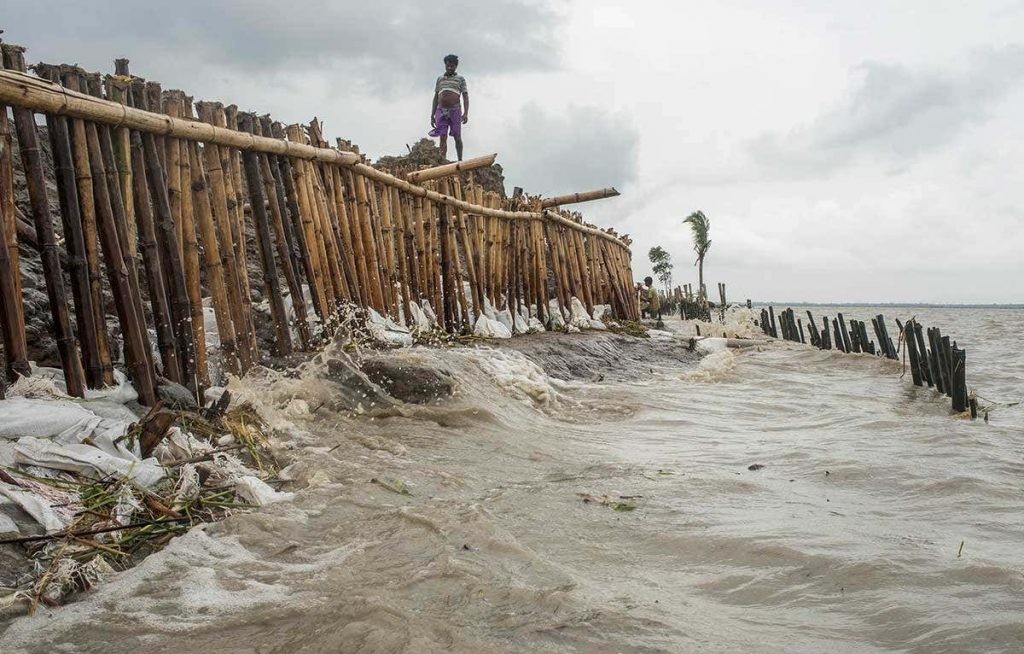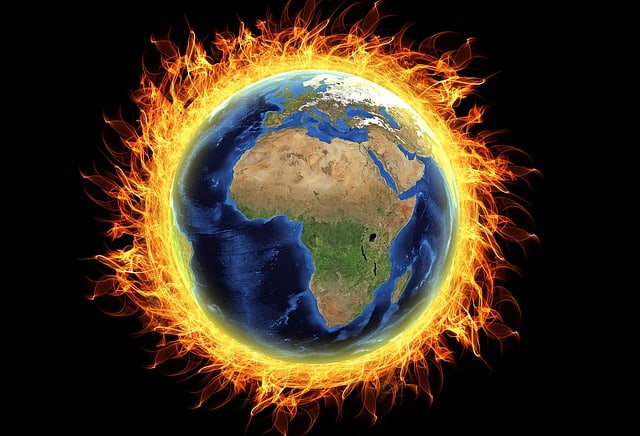India’s solar, wind energy production to dip due to climate change: Study
In the solar potential regional analysis, future projections predict a shift in the frequency of solar radiation in the negative direction, implying that solar energy production will decrease in the immediate future.
By Editorial Team / Sep 20, 2022

Image Courtesy: News Center
India’s renewable energy production is likely to face a negative trend in the future due to climate change. Recent analysis reveals that over most of the Indian landmass, solar potential is projected to decrease in the near future. Solar projections for the future indicate that solar radiation will decrease during all seasons over most of the active solar farming regions.
The study, ‘Analysis of future wind and solar potential over India’ was conducted by Indian Institute of Tropical Meteorology, a Ministry of Earth Sciences’ body. Regional analysis of wind potential indicates that, across India, the frequency of high energy-producing wind speeds is likely to decrease, whereas low energy-producing wind speeds are likely to increase in the future.
In the solar potential regional analysis, future projections predict a shift in the frequency of solar radiation in the negative direction, implying that solar energy production will decrease in the immediate future.
Climate models
Researchers have used state of the art climate models devised by Intergovernmental Panel on Climate Change (IPCC) to analyse the future projections of solar and wind potential across India. IPCC uses various climate models across the globe to create its assessment report on climate change. These climate models provide a wide array of information to analyse how renewable energy sources were available in the past and how they will be available in the future.
Renowned climate models such as Coordinated Regional Climate Downscaling Experiment (CORDEX), Coupled Model Intercomparison Project phase 5 (CMIP5) and phase 6 (CMIP6) are used in this analysis to derive the future climatic projections over various parts of the Earth. With these climate models, the future projections (55 years) were compared with that of climatic historical data to understand the variations in the climate projections. To increase the robustness of the analysis various climate models were ensembled.
Figure 2 compares the difference between the ensemble means of solar radiation from the historical and future projections from different models. The following Figure a reveals that solar radiation along the western and northwestern bay will reduce in this scenario from the historical mean. This is further emphasised in Figure b, along southern India, where we notice few changes in CORDEX simulations. The CMIP5 analysis shows major changes occurring along central India with prominent changes in the foothills of the Himalayas (northeastern India; Figure c and d). The differences from the RCP (Representative Concentration Pathways) 8.5 ensemble have stronger signals in this region than RCP 4.5. The CMIP6 ensemble analysis also shows similar results. The main regions of change are central India and the foothills of the Himalayas.
RCP is defined as a greenhouse gas concentration (not emissions) trajectory adopted by the UN’s IPCC. Four pathways, RCP2.6, RCP4.5, RCP6, and RCP8.5 were used for climate modelling and research, describing different climate futures, all of which are considered possible depending on the volume of greenhouse gases (GHG) emitted in the years to come.

Possible reasons for potential changes in solar radiance and wind patterns
In terms of solar radiance, the cloud cover across India is increasing in the climate models. This cloud cover variations can be because of many reasons namely increased dust and aerosols, more precipitation in monsoons and so on. For variations in wind, it was found that the monsoon wind intensity has shifted in the future projections of climate models.
Possible reasons behind decrease in solar potential decrease and change in wind potential
The climate models are simulated based on various future scenarios. These scenarios include mild, moderate, high, and extreme climate changes. The models project that the solar potential may decrease in future, and it depends on the steps taken across the world to mitigate climate change. It was seen in climate models that the more extreme the effect of climate change, the more affected the wind and solar potential across India.
Future Pathway
In CMIP experiments, wind potential over the onshore regions show an increasing trend, while offshore regions show a decreasing trend for non-Monsoon months. For future investments in the solar power sector, central and south-central India must be considered during pre-monsoon months, as the projected potential loss is minimum in these regions. The southern coast of Odisha and the southern Indian states of Andhra Pradesh and Tamil Nadu show promising potential for wind energy in the climate change scenario.
“Since the solar potential is projected to decrease, we should go for highly efficient solar panels and larger power plants to extract energy. Also, hybrid wind and solar power plants can be implemented more to mitigate the reduction of one form of energy with another,” said Dr Parthasarathi Mukhopadhyay, Co-researcher, Indian Institute of Tropical Meteorology (IITM), Pune.
In order to maximise the renewable energy production in changing climatic conditions, researchers have been vouching for inclusion of more farms and using highly efficient power generators than those available at present.


